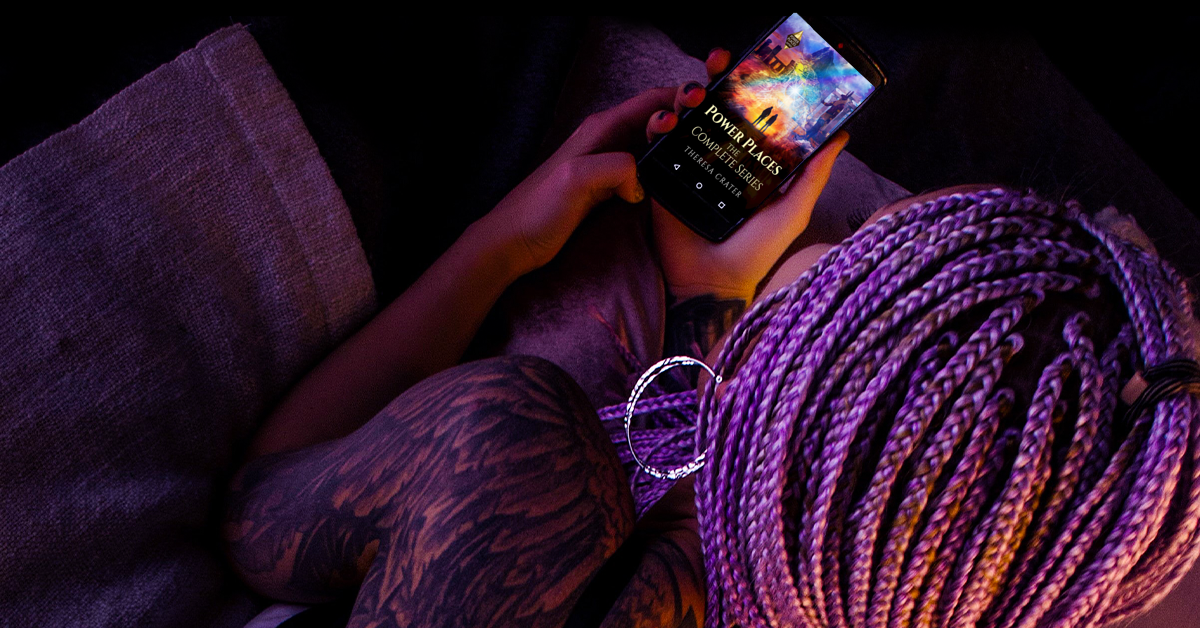Today please welcome J. Robert Kennedy. I discovered his first book The Protocol during an Amazon Kindle sale. Much to my delight, it was about crystal skulls. As many of you know, Stephen and I met during a meditation session with Max, the Texas Skull. Max makes a guest appearance in my second book, Beneath the Hallowed Hill. Stephen started researching the skulls in the 1980 at the Rosicrucian headquarters in San Jose and has written a book with David Hatcher Childress, The Crystal Skulls: Astonishing Portals to Man’s Past. So I recognized great research when I read it and enjoyed the first of many thrill rides with archeologist James Acton. It’s an honor to have a best-selling writer visit us.

Please tell us a little about yourself.
I wrote my first story when I was five. Everyone in it died. I still have it, illustrations and all. I think it ends with something like, “And no one in the kingdom was ever happy again.” Creative Writing was my favorite part of school and I still have many of my short story assignments in a filing cabinet somewhere. When I look back at them occasionally I have to laugh at what I put my poor English teachers through. My favorite teacher was my grade 8 & 9 Language Arts teacher, Miss Boss. I was able to find her on Facebook and send her some of my books. I even dedicated one to her, and named a character after her in another.
As an adult, career and family came first, but I was haunted for years by the vision of a young girl walking through tall grass, the blades flowing through her fingers. One night about ten years ago I finally sat down and wrote the story. A few years later after encouragement from friends I sent it to a magazine and it was immediately accepted. Another short story acceptance and I was ready to try a novel.
A friend had just seen a documentary on the crystal skulls and suggested I write a book about them.
Challenge accepted.
This book, The Protocol, was accepted by a traditional publisher; however after many headaches and false starts, it was finally published after over three years of waiting. My second novel was accepted by a different traditional publisher, but the eBook craze had just started and I decided after my first experience going independent might be a good idea. A month later I bought back my rights to The Protocol.
Three years and fifteen best sellers later and I think I made the right decision.

Please tell us about your latest book.
My latest book is called The Venice Code. It is book #8 in my James Acton Thrillers series, and ties up a lot of loose ends left dangling as teasers in previous novels. It is closely tied to my debut novel, The Protocol, as it deals with the discovery of a thirteenth crystal skull. It’s written in such a way that you don’t need to have read The Protocol or the other novels to enjoy it, however if you do like it, please feel free to buy the others to see how it all ended up culminating in The Venice Code.
Does this book fit into a series?
Yes, it does. The focus is on two archeology professors—now engaged—James Acton and Laura Palmer. They keep stumbling into situations that have them fighting for their lives, and friends made along the way either try to help them or they them, such as a crotchety Interpol agent, a young Scotland Yard detective, and the elite Delta Force. Acton has been described as Indiana Jones meets Jack Bauer.
How did you prepare to write about the book’s specific area or field of study?
My process is to just start writing and see where it goes. As I move forward, anything that I don’t have an answer to, such as a character name, a location, a type of weapon, etc, I’ll just put an X or Y in the document so it doesn’t slow me down. I then have an open email where I put questions for my researcher (my dad!) who then looks up the information I need to fill in those X’s and Y’s. It makes for a very quick, efficient process.
How does this book fit into your real-life interests?
I love action movies, and when I write I picture everything as a movie so I visualize the fights, the gun battles, the explosions and try to convey that on the page. Growing up as a military brat I was exposed to the military life constantly, and loved it. I am a huge supporter of our troops and try to highlight the sacrifices they make every day in my books.
What are you working on right now?
I’m working on Acton #9 right now. I can tell you that it once again mixes the historical with a modern day, “ripped from the headlines” event. If you want to know more, you’ll have to buy the book!
My website: http://www.jrobertkennedy.com
Amazon: http://www.amazon.com/J.-Robert-Kennedy/e/B004GV2OR6
http://www.amazon.co.uk/J-Robert-Kennedy/e/B004GV2OR6
Kobo: http://store.kobobooks.com/en-ca/Search/Query?q=j+robert+kennedy







